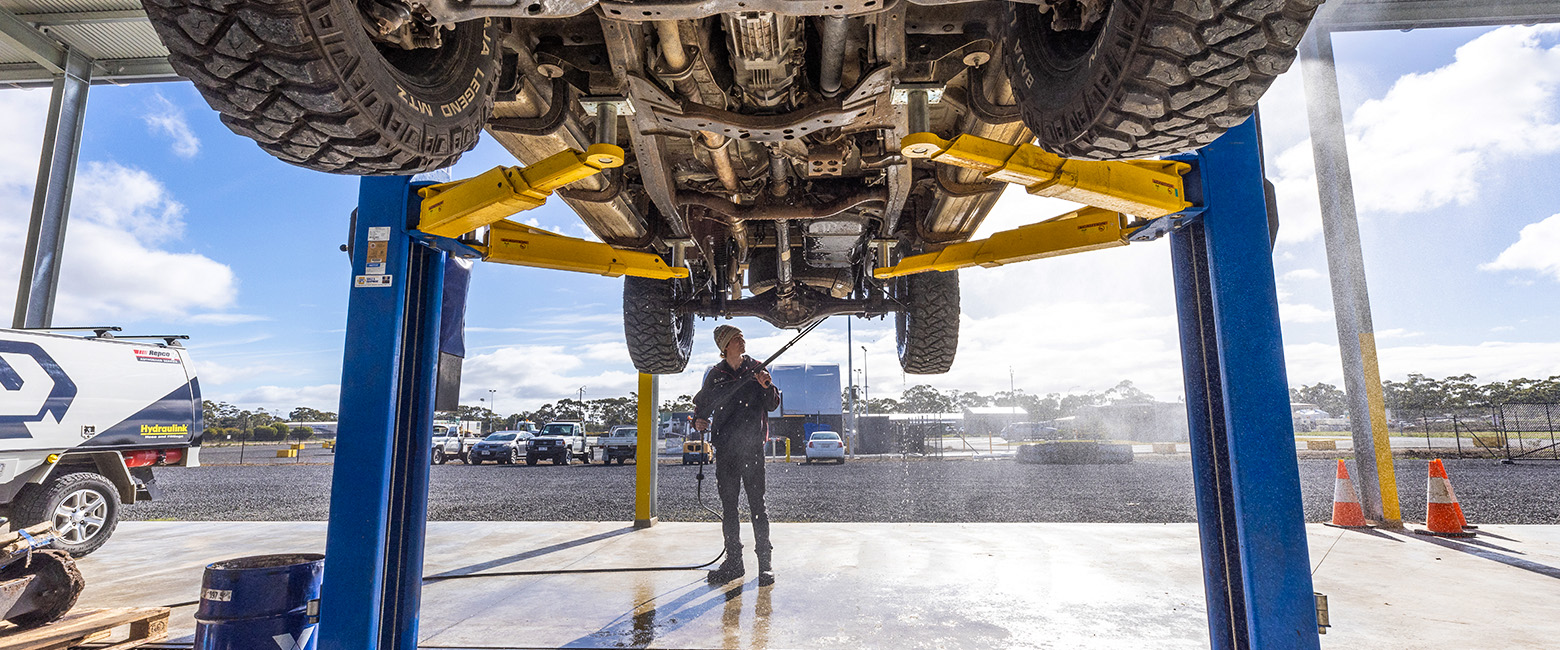Of the many auto workshops I visit as part of my job, some of them are immaculate, while others are so messy it astounds me that they are still in business.
The messy workshops try to justify their appearance by claiming to be too busy to care. The reality couldn’t be further from the truth. I am yet to walk into an untidy workshop that is staffed by highly productive technicians. No surprise then that the most efficiently run workshops, with highly productive employees, are the tidiest.
An untidy and poorly presented workshop sends out a lot of negative messages to customers as well as staff. There are a number of well-documented benefits of operating a tidy workspace, but in summary, it can improve the functionality of the entire team, and pave the way for a smooth-running work environment.
Staff morale and performance
Nobody enjoys having to move in and out of the workshop space everyday cars that haven’t been worked on for months, or looking for tools that are never put away in the right place, or eating in a lunch room with overflowing rubbish bins and the sink full of dirty coffee mugs, or using a bathroom that hasn’t been cleaned for a month. The health hazards alone are serious enough, but staff morale and performance will undoubtedly suffer if they have to work in a pigsty day after day.
Staff recruitment
In the minds of potential employees, expectations of work environment standards are very different today than they were perhaps 30 years ago when an apprenticeship was a privilege. With staff shortages almost out of control in the auto aftermarket, workshops need to use every trick in the book to attract good people of any age. A messy workshop won’t help a recruitment campaign.
Customer perception
A workshop’s impact on a new customer just turning into your driveway begins at the front door. Even if they overlook the dead pot plants and the rubbish blown around in the car park, they may think differently about their decision to give your workshop a go when they see the mess in the office, and an untidy and unprofessional looking workshop. It’s not just the quality of the workmanship that they will question, but the monetary value of the work.
Like most things in a workshop, the standard is set by the owner or manager. If they don’t put their tools away in the right place, they can hardly expect staff to do so. Changing the look and culture of a workshop is never easy, but once the mood for change has been adopted by all, positive results can occur quite quickly.
Five tips that might help
1. Throw out unnecessary junk and clutter
This is a non-negotiable first step because it reinforces to staff that you mean business and are serious about making changes. Included in the throw-out should be any personal belongings that lax procedures have allowed to accumulate around the building.
2. Get rid of dead cars
Workshops can often end up like auto junkyards, and keeping dead cars is often justified ‘for the parts’. So, use any slack periods to salvage anything of real value and toss the rest. Limiting car movements first thing every morning just adds more working time to the day and that’s got to be good for profitability.
3. Draw up a cleaning roster
Once the owner or manager sets the pattern, staff will begin to assume some responsibility for keeping the place tidy. Make a cleaning roster a regular routine, with staff having to sign off for each job done. If the budget is healthy enough, engage professional cleaners on a daily or weekly basis.
4. Give every tool or piece of equipment a documented home
Time wasted looking for tools is lost income. Every tool should have a home and the address should be documented so everybody knows where it lives. Give your apprentice this job to fill in during downtime and that will serve two purposes — the second one being that the apprentice will quickly become familiar with the tool inventory of the workshop and hopefully take an interest in its welfare.
5. Damaged equipment logbook
Damaged equipment is also lost income. Institute a system to encourage staff to report damaged equipment in a log, so that action can be taken quickly and regularly to have equipment repaired or replaced.
Don’t think of a workshop as being just a shed where repair work can be carried out. It has a much bigger role to play in the success and profitability of a business. It must reflect the personality and quality of your work and leave your customers with the impression that their vehicle is being looked after in a professional and competent workplace. Then stand back and watch productivity and profitability improve.
The business owner or manager must make the first move. It is their job to put the systems in place that will encourage total staff adoption, and my guess is that they will thank you for it.


